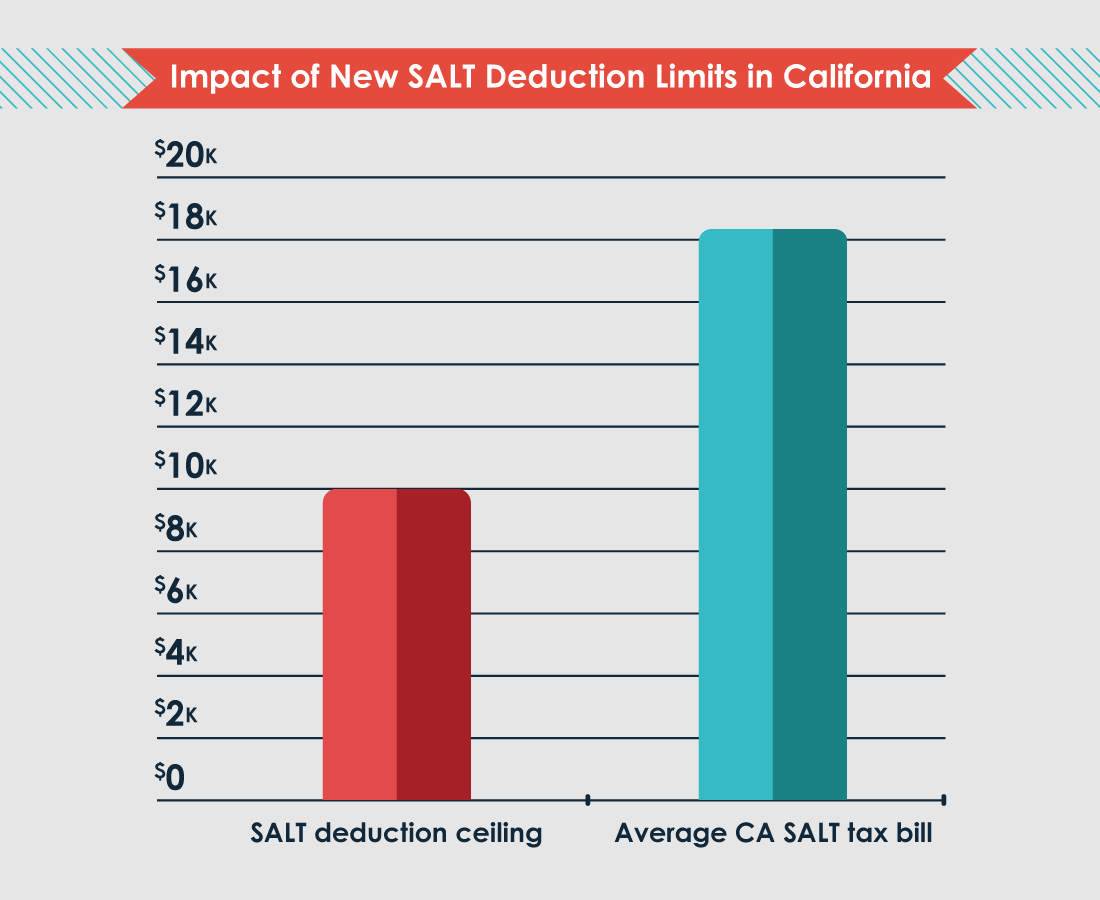As you prepare 2017 taxes this tax season, take a look ahead to when you pay 2018 taxes next year. The deductions you will be able to take then — and how you take them — will be very different.
First of all, the standard deduction amount will now be about double the size of the 2017 standard deduction.
Standard deduction amounts
The new higher standard deduction amounts have two results:
- Households that typically have taken the standard deduction will see a tax cut since the deduction is now much higher.
- It will now make more financial sense for most people to take the standard deduction rather than itemize, resulting in higher taxes for about half the people who used to itemize under the old rules.
For real estate, this change is particularly important since the mortgage interest deduction (MID) can only be taken if a homeowner itemizes their taxes. Therefore, fewer homeowners will take the MID in future years.
Itemized deductions
For those who itemize their deductions — and will continue to itemize under the new plan — there are some significant changes in tax year 2018, including:
- State and local (SALT) taxes are now limited to $10,000 per tax return, whether the return is for an individual or couple;
- the ceiling for the mortgage interest deduction (MID) is lowered from mortgages of up to $1 million to $750,000 — and interest on home equity loans (HELOCs) can only qualify for the MID if they fund home improvements; and
- the deduction for moving expenses may now only be claimed by military families.
These changes will have a particular impact in states like California, which has the highest home prices in the nation (second only to the District of Columbia). Therefore, SALT taxes and mortgage amounts are both much higher than average here.
In other words, the state’s high standard of living translates to higher tax amounts for residents. But under the old tax rules, SALT taxes used to be fully deductible. Now, they will only be deductible up to $10,000. For reference, the average Californian pays $18,438 in SALT taxes.
The good news for California residents with high SALT bills is state legislators are working diligently on a workaround.
One such workaround was introduced in Senate Bill 227 in January 2018, which would allow residents to make a charitable contribution to the state on SALT bill amounts exceeding the $10,000 deduction cap. Individuals would still pay the same amount to the state, but by classifying whatever payment exceeds $10,000 as a charitable contribution, they are allowed to deduct their full payment.
Check back for details on how this bill pans out in the legislature.

















The personal exemptions are lost. Can you account for that too?
Thank you so much! x
Just on the face of it, it is pretty plain that the California “workaround” will not work. Beyond that many experts including prominent tax attorneys and a former commissioner of the IRS have said as much.